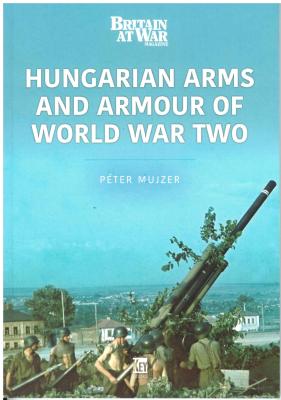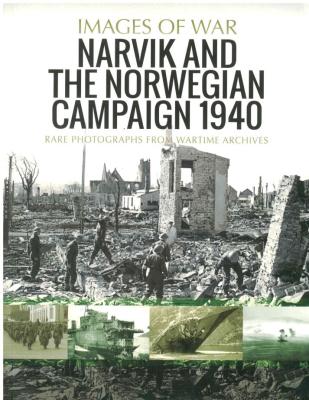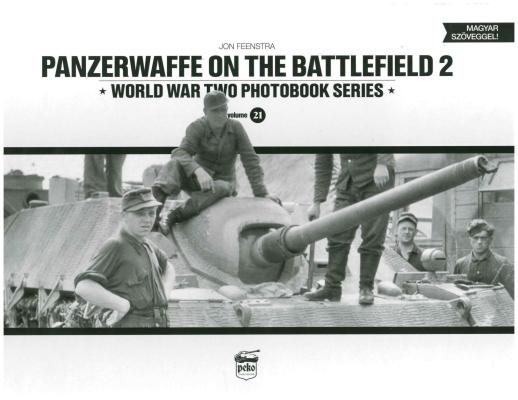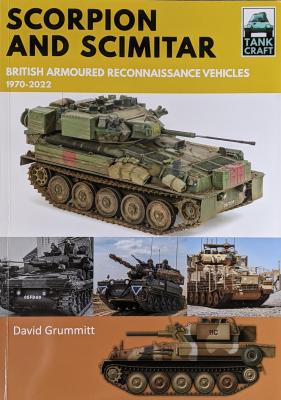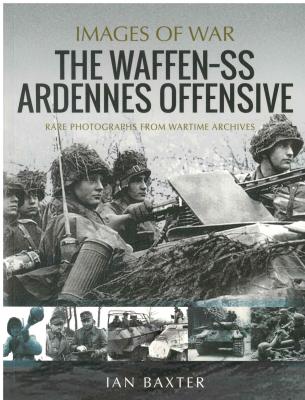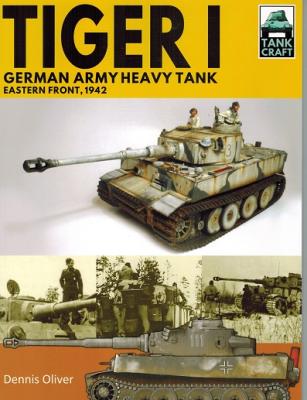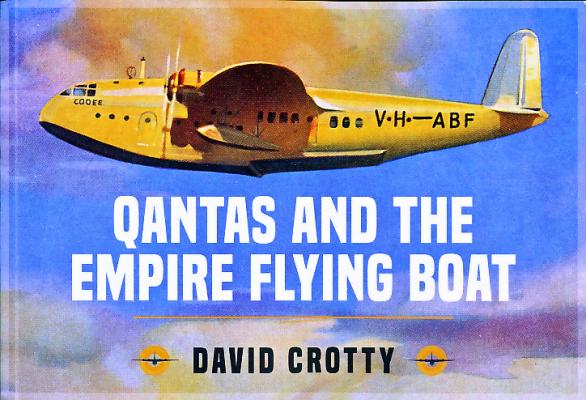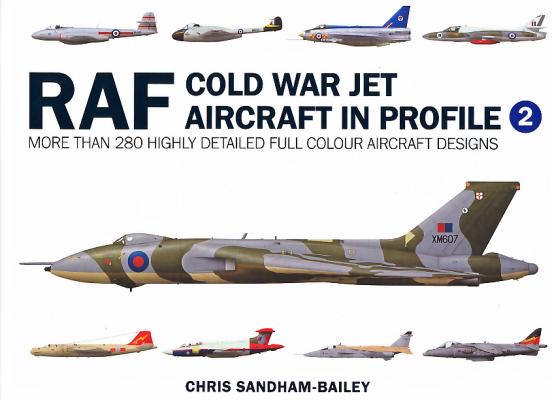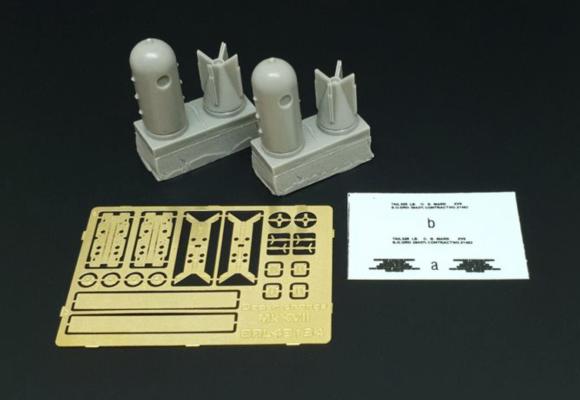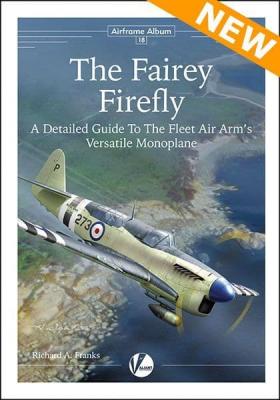Hungary found itself on the losing side of World War I and the Treaty of Trianon was similar to the Treaty of Versailles imposed on Germany. As a result, Hungary was partitioned (see map on page 5) and reduced from 282,000 square kilometers to 93,000 square kilometers and its population from 18 million to 9.5 million people, absorbed by foreign countries hostile to Hungary; Hungary’s industrial base was reduced by almost 80%, and its military was limited in size and scope. Hungary’s involvement in World War II was seen through the lens of regaining their lost territories from Slovakia, Romania, Austria, and Yugoslavia. When political methods didn’t work, Hungary’s limited military did what it could, but soon found itself allied with Germany to achieve its aims.
September 2022
Operation Studie Nord, the German plan for the invasion of Scandinavia was further developed into two separate plans that were to run concurrently – Weserubung (River Exercise) and Weserubung Sud (River Exercise South) for Norway and Denmark, respectively. The plans were drawn up after Germany’s invasion of Poland and during the “Phoney War” (Queen’s English as the book’s author is English). This often-overlooked campaign violated both Denmark and Norway’s neutrality before the German military campaign against France and the Low Countries and took place shortly after the Russian-Finish Winter War of 1939-1940. Besides Denmark and Sweden being neutral, both countries’ monarchs were brothers. The similarities between both countries continued with relatively low numerical military strength and modern weapons; the difference was how the countries chose to respond.
This landscaped, hardback book is written in both English and Hungarian, featuring select German armored vehicles throughout all theaters in World War II from 1939 to 1945. This is an incredible book with many previously unpublished photos of armored vehicles in depots, in the field and after combat. The next page reveals more surprises that the previous.
First and foremost, this book is written in Hungarian, and this language is shown first, followed by the English translation (and a great job by the editor, by the way; this is not a case of stereo instructions printed in one language and translated into another that doesn’t have words for stereo equipment). The author sets up the book with the following introductory paragraph, “In the strictest sense of the term, “Panzerwaffe” means tank or armour weapon. For the Wehrmacht (German armed forces), the Panzerwaffe was that part of the Heer (army) that consisted of armoured formations.”
This book is really in four parts. The first is a general description of the development and deployment of these two vehicles. It’s not technical and doesn’t go into the internal working of the mechanical “stuff” but it does give you a good idea of how the Scorpion and Scimitar came to be and why the design decisions that were made were made the way they were and how the design has evolved through various modifications/changes. Rounding this section out is a description of the deployments of the vehicles by the UK as well as other users and some organizational charts of Scorpion/Scimitar units. The second part is a series of 13 color profiles of various examples of both vehicles in service with the UK and other countries. Following this is a listing of all the available kits and after-market parts for modeling the tanks and finally there is a section with four sample builds of the AFV club model.
The German Operation Wacht am Rhein (Watch on the Rhine), also called the Ardennenoffensive (Ardennes Offensive) occurred from 16 December 1944 to 25 January 1945, launched in the same area as the German 1940 attack on France, through the densely forested area between Belgium and Luxembourg. At this late stage in the war, the German military realized the only hope of stemming the Russian assault, which paused only when they outran their supply lines, was to force the Allies to surrender or accept a separate peace. Germany realized that a sudden, swift attack into this lightly held area was the only way they had any chance for success. The goal was the capture of the Belgian port of Antwerp, which would increase Allied supply lines and have the secondary effect of splitting four allied armies.
This is the 30th offering of this series and the 7th in the detailing of the Tiger I and Tiger II .
The book is divided in 8 section/chapters, and include an Introduction, The Eastern Front- August, 1942- March, The Tiger Units, Camouflage and Markings, Model Showcase, Modelling Products, Technical Details and Product Contact Details.
The book focuses on the first vehicles that left the production line and that went into battle during late 1942 and early 1943. There is a detailed description of the use of the vehicles from 1 August, 1942 through 31 March, 1943. This is followed by a table stating the number of tanks in each Tank Unit in August, 1942.
Next, we go into the reporting of each unit that used the Tiger I during the time previously mentioned. There are several tables indicating the table of operations for units 501 and 503, as well as the allocation of vehicles received, lost, on hand and operational.
Between 1938 and 1948, QANTAS Short Empire flying boats navigated a dramatic and dangerous period for commercial aviation. They flew the Singapore to Sydney section of the pre-war Imperial Airways UK to Australia air route, introducing a new level of luxury travel to the route. However, the outbreak of war cut short this brief glamorous time and brought the boats increasingly onto the front line. Containing over 160 stunning illustrations, many previously unpublished, this book details the history of the Empire flying boats as they went from luxurious carriers to military service in roles that included the resupply and evacuation of Allied military forces.
Here’s a really neat book for modelers. Illustrated and written by renowned profile artist Chris Sandham-Baily, aka Sandworm, RAF Cold War Jet Aircraft in Profile covers 14 different aircraft types designed and built by British companies and operated by the RAF between 1945 and 2010.
The book features over 300 different colour profiles of the following types: Gloster Meteor, de Havilland Vampire, de Havilland Venom, English Electric Canberra, Supermarine Swift, Hawker Hunter, Vickers Valiant, Gloster Javelin, Handley Page Victor, Avro Vulcan, Blackburn Buccaneer, English Electric Lightning, Hawker Siddeley Harrier and SEPECAT Jaguar. Two types most notable by their absence are the McDonnell Douglas Phantom and the Panavia Tornado, both of whose omission is a major fault in my view.
Brengun adds to its catalog with Attack Hobbies re-release of the Mk XVII depth charge in 1/48th scale. The set contains the parts to make and mark two depth charges along with the pylon for mounting. Inside the set, you will find two well-cast depth bomb bodies and nose fuse stalks in gray resin, a photoetch sheet containing the parts to make two pylons, the fuses for the bomb, and a small decal sheet for the one marking on the depth charge.
Assembly starts by removing the depth charge and nose stalk from the resin. Make sure the nose is sanded smooth. Glue the stalk to the direct center. The tail band needs formed into a ring. When I did this using my PE bender, the tail was too big in diameter and would not touch the four legs. I cut ~ 2 mm off the tail and reformed and it as better. If I make the other one, I would cut 3 mm off. I left off both fuse spinners for painting.
Historical Background
The Fairey Firefly was originally conceived in the late thirties as a carrier based fighter for the Royal Navy. It was built as a two seater because the authorities felt that a single pilot would not be able to navigate and fly under combat conditions at sea. While other similar aircraft, notably the Defiant and Blackburn Skua and Roc had power operated turrets, the Firefly dispensed with these, and throughout the protracted development of the type, the rear gun was never adopted for widespread use. Performance, however, was exceptional, and the type was ready for limited service in 1942. Development was slow, and it never really made the grade as a carrier based fighter, although many variants were developed for specialized uses, including night fighter, target tug, attack bomber, and trainer.

